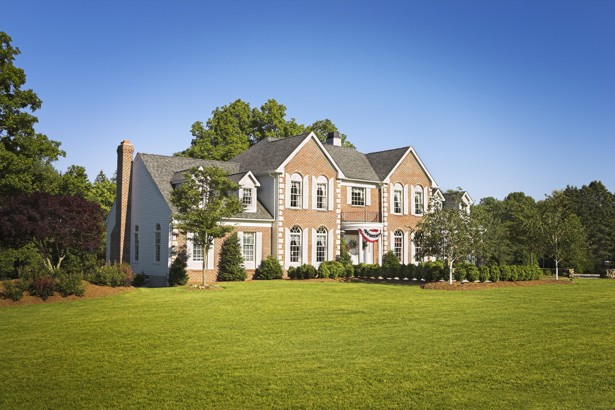Clik here to view.

Thanks to new technologies in insulation, water use, heating and cooling, and household appliances, American homes are more energy-efficient than ever.
There were a lot of improvements in energy efficiency between 1970 and 2012, Pew Research Center’s Drew DeSilver reports. Based on preliminary numbers from the Department of Energy’s Office of Energy Efficiency and Renewable Energy, U.S. homes used just under 150,000 British thermal units (Btu) of energy per square foot in 1970; by 2012, that number had dropped to 101,800 Btu. That’s a pretty exciting 31-percent reduction in energy consumption per square foot, after adjusting for weather and improvements in generating electricity.
But as DeSilver points out, that change doesn’t look nearly as galvanizing after a look at the overall energy picture. Energy intensity, or the units of energy expended per household, has actually increased since the early 1980s, with the average home using 183 million British thermal units (Btu) in 1981 and 188.7 million in 2011. (Though energy intensity dipped in 2012, DeSilver says this is more related to weather than long-term energy trends.)
One major culprit is house size. American single-family homes have more than doubled in square footage in the last four decades. By 2014, the Census Bureau reports, the average U.S. single-family homes reached 2,660 square feet, up from 1,660 square feet in 1973. More space means more heating and cooling, more lighting, and more room for gigantic televisions.
“Think of someone scarfing down a chili cheeseburger and fries after an hour on the elliptical, and then wondering why he never seems to lose weight,” DeSilver wrote of the energy quandary.
Of course, as the country has grown wealthier, the people living here want more stuff—another TV, another bay window, another water heater.The good news remains that, often thanks to local and federal government regulation, that stuff is becoming more energy efficient.
Scaling down house size is correlated with more energy efficiency, too. Case in point: apartment dwelling. From the U.S. Energy Information Administration comes this comparative chart of energy trends by home type.
Site Energy Use Per Household in 2009 by Year of Construction
Clik here to view.

Apartment buildings built in the first decade of the 2000s that contained five or more units used 12 percent less energy per household than they did in the 1970s. Single-family homes used 10 percent more. Add in the extra efficiency the country would get from simply pushing homes closer together, and the picture becomes pretty clear. Many Americans may still want a single-family home in the suburbs, but that’s not the path to an energy-efficient future.
This article appears courtesy of CityLab.
Image may be NSFW.Clik here to view.
